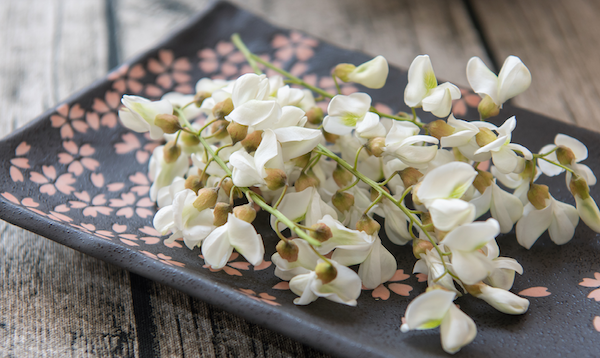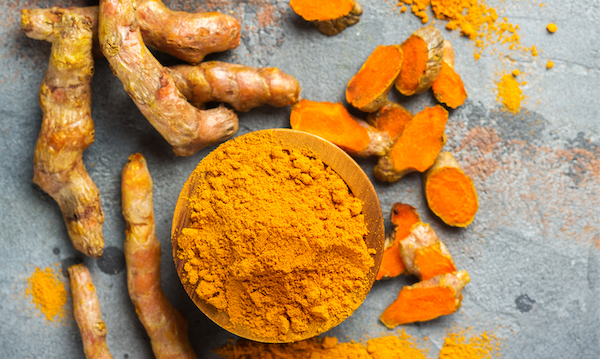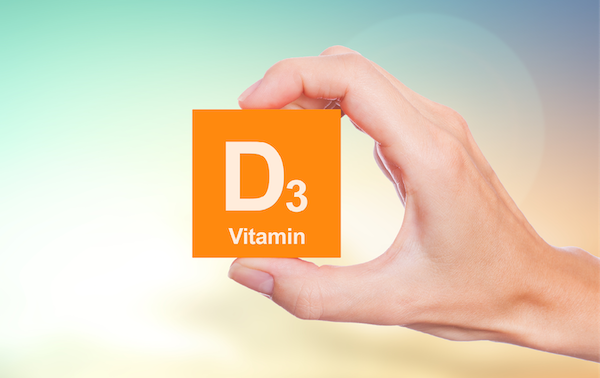
Quercetin, turmeric and vitamin D
Quercetin
Quercetin is an antioxidant of the flavonoid family, a type of polyphenol that gives plants their beautiful colours.
Some flavonoids protect plants from bacteria, viruses and moulds. At first, flavonoids were incorrectly called vitamin P.

Foods that contain quercetin are:
red onions, apples, tea, red grapes and red wine, garlic, broccoli, red/purple berries,
fresh dill, green and yellow beans and cabbage. It is also available as a dietary supplement.
Turmeric
Turmeric is a rhizome with a bright orange flesh that belongs to the Zingiberaceae family, like ginger.
Originally from Asia and more specifically India, it is appreciated for its pretty orange colour and spicy flavour.
Used for centuries in cooking and ayurvedic medicine, turmeric root is a spice that boasts many health benefits.


Good to know:
Turmeric contains flavonoids and phenolic compounds, but curcumin is considered to be its main antioxidant compound. However, when you ingest turmeric, only a small proportion of the curcumin is absorbed into the body.
Vitamin D
It comes in two forms: D2 (ergocalciferol), produced by plants, and D3 (cholecalciferol), present in products of animal origin and certain lichens, better metabolised by the body. The human body also synthesises vitamin D3 in the skin, under the effect of ultraviolet B rays.
Vitamin D contributes to the proper functioning of the immune system. It is involved in the production of a peptide (cathelicidin), which is important for the innate immune system and also supports the adaptive immune system.

